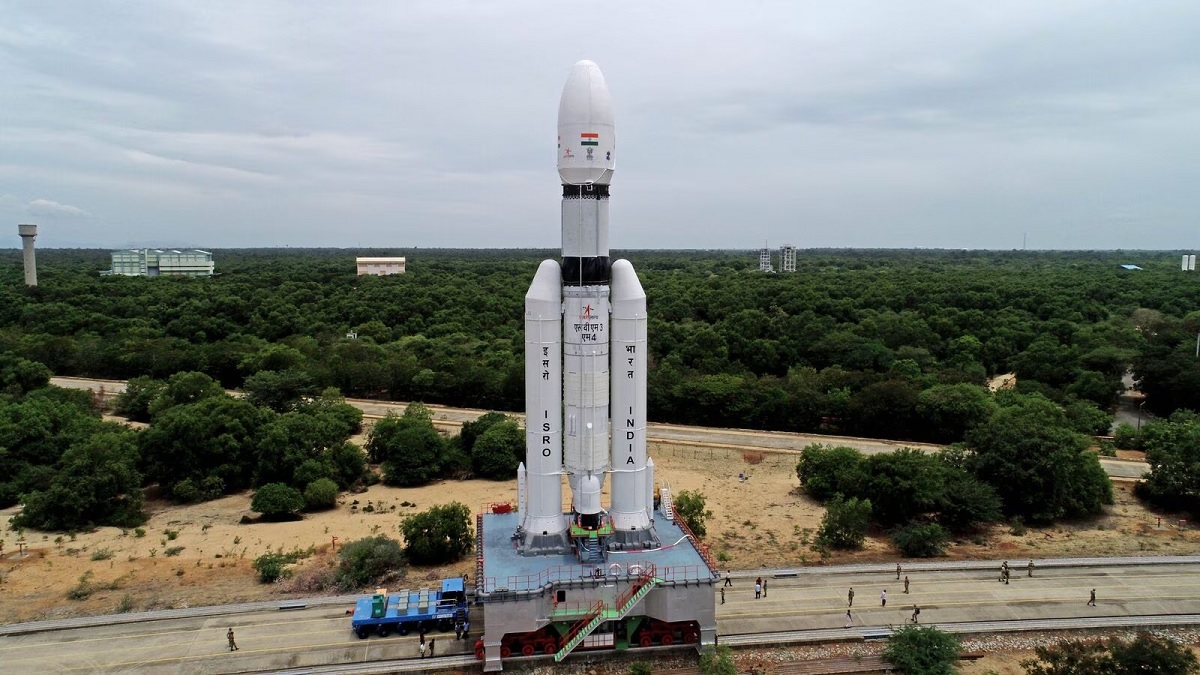Know Chandrayaan 3 Live Status, Benefits, Standing, Success or Failure, Location and Report here. Again, India is ready for a mission to the moon. What do you think the chances would be of reaching the moon’s orbit this time? We can go? Let’s find out the answers to these questions in this article. The name given to Chandrayaan 3 is “Vikram”. It previously went by the same name as Chandrayaan 2, but scientists gave it a nickname to identify the new lunar mission. For Chandrayaan 3, the preparations are going on simultaneously and have already started. At launch time, final testing will ensure that everything is in order.
Chandrayaan 3 Live Status Tracking
A soft landing will take place on August 23 or 24, according to reports from ISRO scientists. Chandrayaan 3 position and live status will be updated here. At noon, the vehicle is ready for tomorrow’s launch. The scientists, the media, the people and everyone is super excited. To ensure a safe landing on the lunar surface, MY LVM3 is a launcher landing area that exceeds 2.4 km of 500m X 500m. The mission launch date and time is July 14 at 2:35 p.m. The area to be covered on the moon is the south pole as expected.
| Name | chandrayan 3 |
| Organization | Indian Space Research Organization (ISRO) |
| Release date | July 14, 2023 |
| Time to eat | 2:35 p.m. |
| When will Chandrayaan 3 land on the Moon? | August 23, 2023 |
| Vehicle name | Mark-3 (LVM3) |
| The approach used | An error based approach |
| The area that will be covered on the Moon | South Pole |
| Earths have landed on the moon before | United States, Soviet Union and China |
| landing place | 2.5 km (previous landing site: 500m X 500m) |
| Official site | isro.gov.in |
Some scientists report that the design was not adequate last time, but there is hope that the new approach will help the mission. China, the United States and the Soviet Union have already reached the moon. And now it is India’s turn to show what it has. Scientists will still make up for getting to the moon, no matter how many failures they experience. For now, we cannot make a judgment on the failure or success of the mission because the spacecraft has not been launched yet. We can only pray for the best for the mission. Working in space is a huge challenge, even worse when the spacecraft has already fallen on hard times. Therefore, ISRO implemented a failure-based approach for the Chandrayaan 3 mission.

Using a fault-based approach will help scientists parse the facts they’ve wanted to know about the moon for years. As reported by the president of ISRO, the rover will be able to obtain the necessary information this time, even if it has problems. The success-based approach was implemented by S Somnath, Chairman of ISRO, at Chandrayaan 2. The landing site was previously 500m X 500m and the rover crash-landed. This time, with a different approach, it would not be like that. Points are accumulated for failures on previous lunar missions. Scientists have thoroughly studied the rough spots and worked on them effectively.
Chandrayaan 3 location tracking live online
About the Landing of the Rover on the Moon, the reports cover the mandatory information. The vehicle is expected to be launched at the south pole of the Moon. The rover will explore ice, water and minerals. Since the South Pole is a less explored area, this could be to India’s advantage. ISRO will share reports of the safe moon landing, including in-depth details, starting July 14. For the Soviet Union, Luna 1, the first step on the moon was made in 1959 and led to a forced landing on the moon. The Mark-3 (LVM3) design is built in such a way that there is the least chance of an intentional crash of the Rover on the Moon.
Chandrayaan 3 consists of an indigenous lander (LM), propulsion module (PM) and rover intended to develop and demonstrate new technologies required for interplanetary missions. The lander will have the ability to make a soft landing at a designated lunar site and deploy a rover that will perform in situ chemical analysis of the lunar surface during its mobility. The lander and rover have a science payload for conducting experiments on the lunar surface. The primary purpose of the PM is to transport the LM from launch vehicle injection to the final 100 km lunar circular polar orbit and to separate the LM from the PM. In addition, the propulsion module also has a science payload as an additional value that will be managed after separation from the lander. The identified launcher for Chandrayaan 3 is GSLV-Mk3, which will place the integrated module into an elliptical parking orbit (EPO) measuring 170 X 36500 km.
ISRO has set three main objectives for the Chandrayaan 3 mission, including:
- Make the lander land safely and smoothly on the surface of the Moon.
- Observation and demonstration of the rover’s ability to travel to the Moon.
- In situ scientific observation carries out scientific experiments on chemical and natural elements. soil, water, etc. available on the Moon’s surface to better understand and practice the composition of the Moon.
Categories: Trends
Source: HIS Education